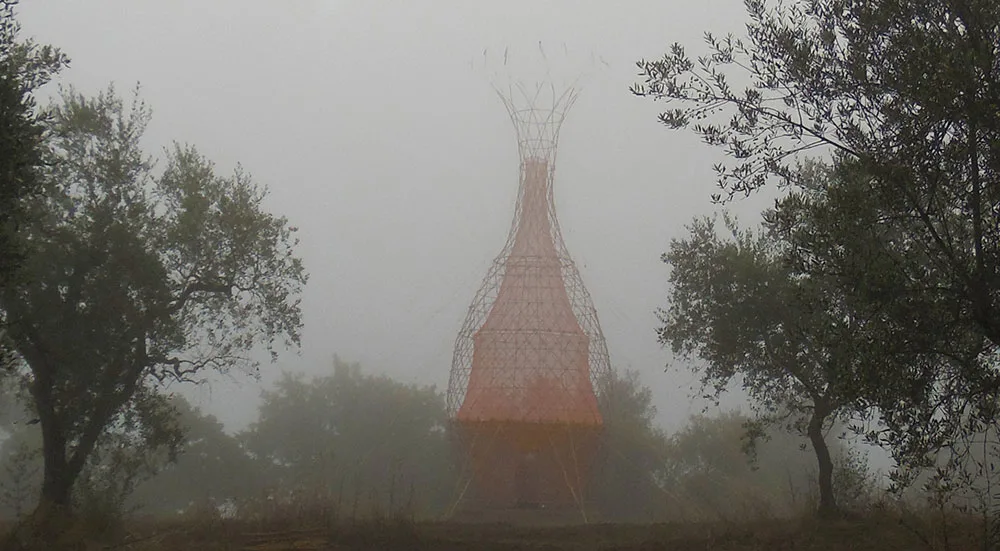Water is essential for life, yet is something often taken for granted by those of us with easy access to city water, a reliable well, or bottled water. For those who choose to live off the grid, obtaining clean water can be a challenge and is usually the first priority when planning a homestead. The solution most often comes in the form of a good well or rain water catchment system.
In some areas of the world, where living off the grid is the involuntary norm, finding potable water is a much bigger problem. Many areas are plagued with contaminated water sources and wells that do not provide sufficient supply.
For the people in these isolated communities, gathering water is a tedious daily chore mostly undertaken by women and children. They often trek great distances to water sources that are questionable at best.
The root cause of Ethiopia’s major health problems is the spread of diseases perpetuated by the lack of clean water and sanitation systems. Often contaminated by human and animal waste, water quality is severely poor. The impact of tainted water on the health of communities is shocking. Each year, many children die of diarrhea and other illnesses, such as malnutrition, pneumonia and malaria. – Warka Water

© Warka Water
In 2014 we wrote about Warka Water, an innovative atmospheric water collector named after a tree native to Ethiopia. The tower was designed by Italian architect Arturo Vittori and his team as a potential solution to the water problems that plague so may communities around the world. Warka Water has made big strides since then, implementing several prototype towers throughout Italy and in Ethiopia.

© Warka Water
When designing the tower, Vittori and his team sought cues from nature. The fascinating capability of certain plants and insects to collect and store water from the air, enabling them to survive in some of the harshest environments in the world, inspired the Warka Tower.

© Warka Water
Warka Tower is designed to harvest potable water from the atmosphere (it collects rain, harvests fog and dew). It functions only by natural phenomena such us gravity, condensation & evaporation and doesn’t require electrical power. Warka Tower is designed to be owned and operated by the villagers, a key factor that will facilitate the success of the project. The tower not only provides a fundamental resource for life – water – but also creates a social place for the community, where people can gather under the shade of its canopy for education and public meetings. – Warka Water

© Warka Water
Warka Towers are built with local, 100% recyclable materials. They are designed to be erected quickly and easily with simple tools, and as such, can be maintained by local villagers.
In areas like this where clean water is scarce, these towers provide a practical alternative to wells, which – if potable water can even be found at a reasonable depth – are expensive to construct and maintain.

© Warka Water
In 2015, Vittori’s team used the funds from a Kickstarter campaign to install a Warka Tower in Dorze, located in southern Ethiopia. The project has been a success and has given the team valuable insight into how to improve future prototypes.
A garden planted at the base of the Ethiopian tower uses a small portion of the collected water through a gravitational irrigation system while providing food for locals. The tower and garden, on a larger scale, could provide food and water to entire communities.

Garden at the base of a Warka Tower

© Warka Water
Warka Water does more than provide isolated communities with life-sustaining clean water. They have collaborated with Culture a Porter to empower the inhabitants of these communities by promoting their handicrafts to an international market. Many of these beautifully unique products were made under the canopy of the Warka.
At this time, a second tower is in the planning phase for Haiti and for other areas in desperate need of such technology.
If you’re interested in learning more about this idea or helping Warka Water creators bring more towers to communities in need, visit the Warka Water website.
